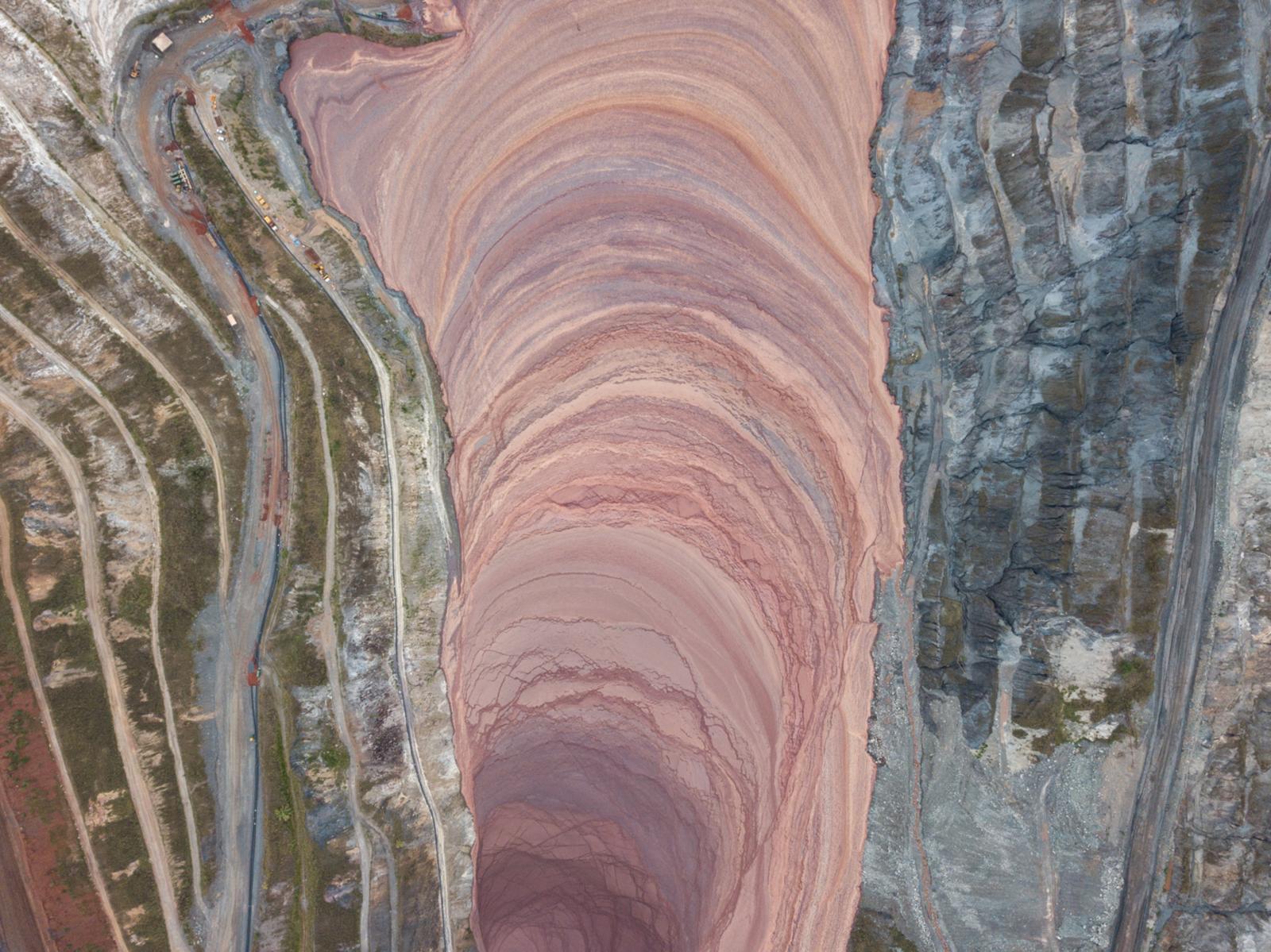Private Story
Life, economic development and dam terrorism.
Summary
Iron ore is probably the most essential mineral in our everyday lives.
The Brazilian state of Minas Gerais held one of the most important deposits of this mineral in the world. The mining companies rely on colossal-sized tailings (waste dams) that, without close inspections, are frequently above capacity.
In 2015 and 2019, two large-scale dam breaks caused the most significant environmental and the most prominent labor disasters in Brazil's history.
Since then, hundreds of thousands of people living underneath them have been at great risk - or abnormal fear.
The Brazilian state of Minas Gerais held one of the most important deposits of this mineral in the world. The mining companies rely on colossal-sized tailings (waste dams) that, without close inspections, are frequently above capacity.
In 2015 and 2019, two large-scale dam breaks caused the most significant environmental and the most prominent labor disasters in Brazil's history.
Since then, hundreds of thousands of people living underneath them have been at great risk - or abnormal fear.
Brazil used to have around 25% of the world's most essential metal: iron. Primarily located in the Iron Quadrangle, which is now the world's largest open-pit mining concentration. Most of those mines possess several, sometimes dozens of tailings dams. In those dams of colossal scale, residues and mineral waste are deposited often with no protection to its subsoil.
In 2015 and recently in 2019, two volcano-like mudslides caused by mining dam failures took hundreds of lives. It contaminated two of the country's most important watersheds, exposing the fragility of the local mining regulations.
Until the 2019 collapse, Vale, the world's third-largest mining company, and the company involved in both tragedies consistently attested to its dam's safety. However, all of a sudden, by October 2020, 40% of its 130 mining dams were considered at risk.
Scholars as Prof. Klemens from the State Univerity of Minas Gerais started to call this process "dam terrorism." They believe that the mining companies actually profited from both mudslides, allowing mining companies to expand their activities throughout the impacted areas. The shortage of iron in the world market caused by Vale's temporary activity suspension allowed the company to profit during both years. Whether the risk is real or not clear and varies for each case. Still, the strategy has easily identifiable benefits for mining companies are:
- Easier eviction.
- The downfall prices of surrounding properties.
- No need to have environmental licenses to make high-impact, large-scale infrastructure constructions.
Although mining is an issue that traverses many poignant issues like racial inequality, environmental racism, climate change, child prostitution, illegal labor, respiratory diseases, most problems are consequences of slow violence (Robert Nixon, 2013). The everyday human rights and environmental violations and mining externalities are never at the center of the discussion, except when disasters of abnormal magnitude happen.
This project will attend to some of the community's requests by producing photographs and documentation of dam terrorism to mobilize local legislators and law enforcement agents. Its results aim to collaborate in evidence gathering of this crime committed under the watch of the current Brazilian and Minas Gerais extreme right administrations.
Since 2014 I have worked in an inventory of mining companies, absolute devastation to their surrounding communities and environment. In my work, which I call, investigative art, I merge investigative journalism techniques my background in law and economics with academic research and photography.























